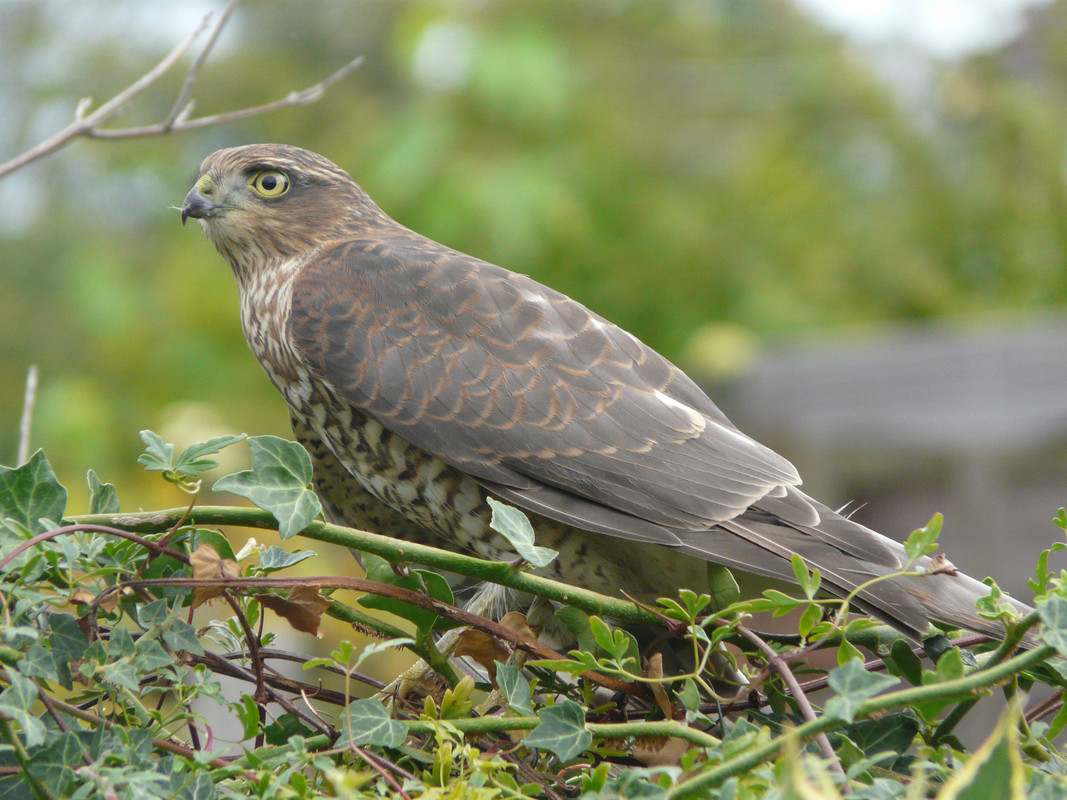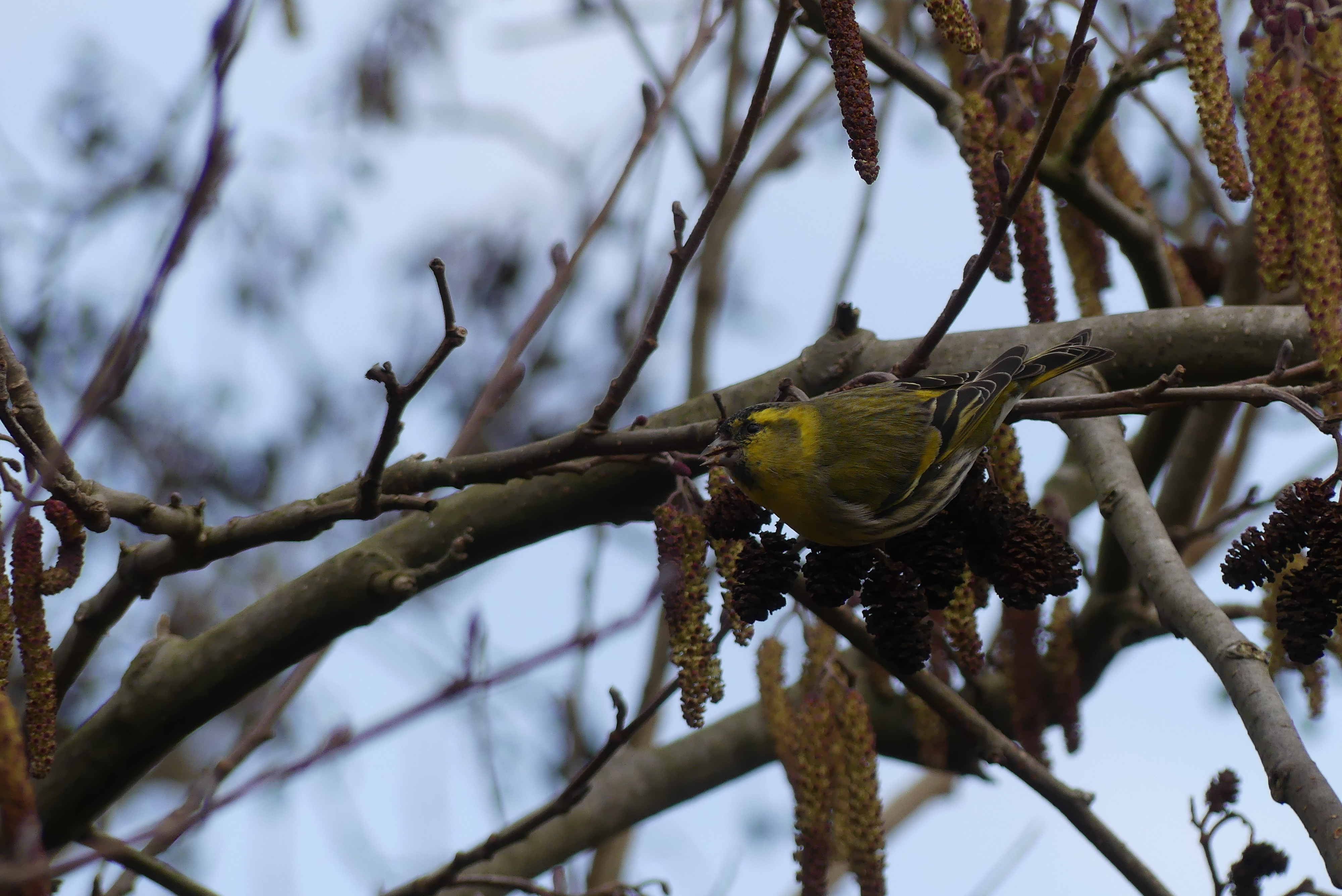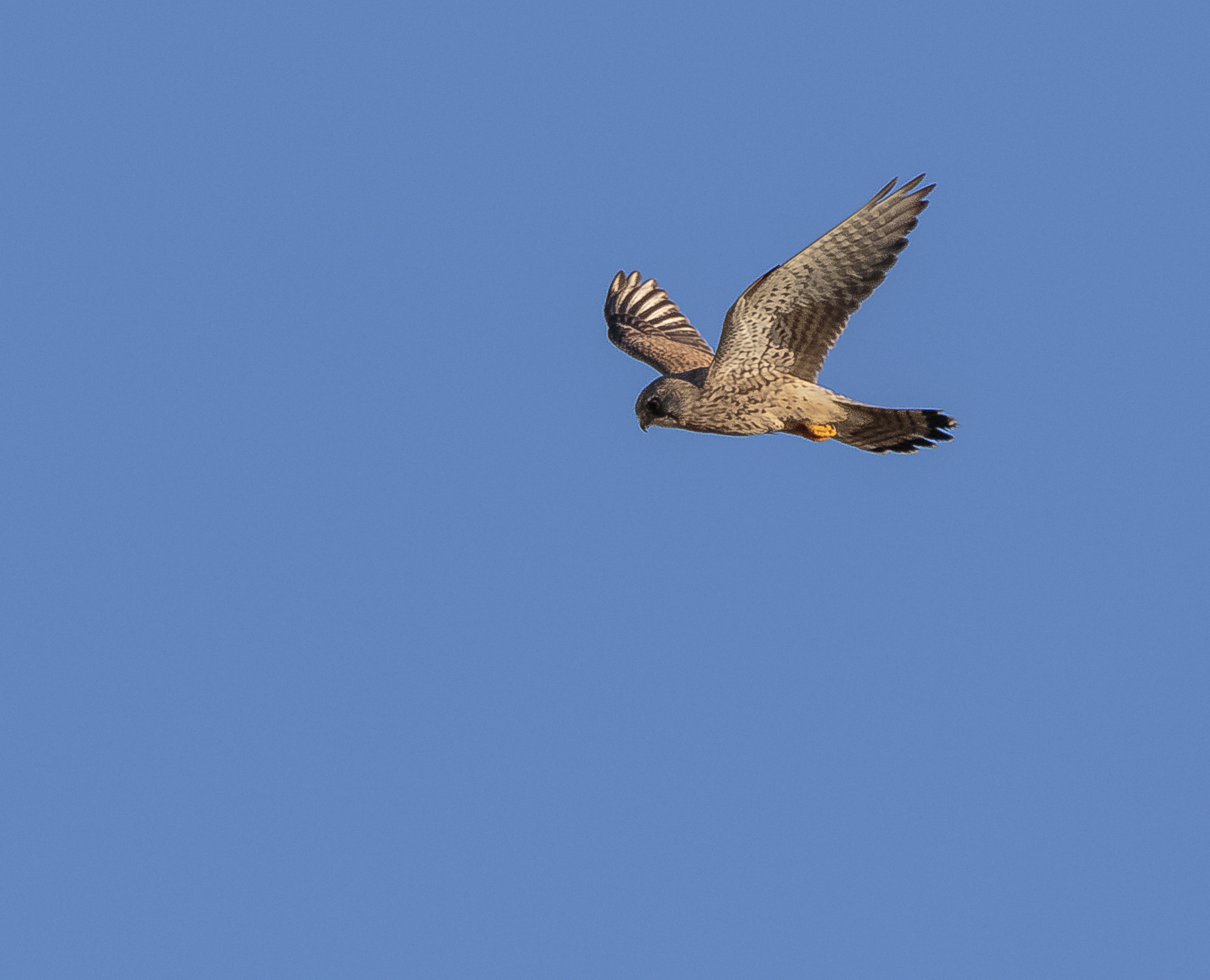Wildlife sightings for 24th October 2012
1 Bittern - main lake N shore, viewable from Observatory
88 Shoveler - main lake
25 Wigeon - main lake and sheltered lagoon
1 Mediterranean Gull - circled over main lake
1 Dunlin - flew E
1 Green Sandpiper - heard calling somewhere over main lake/scrape
7 Skylark - over NW
35 Fieldfare - over NW
40 Redwing - flew S
15+ Redpoll - wildside, south route
Recent bird highlights: Bittern, Short-eared Owl, Marsh Harrier, Hen Harrier, Peregrine, Buzzard, Green Sandpiper, Redshank, Jack Snipe, Ring Ouzel, Rock Pipit, Stonechat, Whinchat, Brambling, Mealy Redpoll, Crossbill.
Autumn migration continues with the last of the summer breeding birds leaving southwards and the fresh arrival of wintering birds to the country. Its also one of the best times of year to find a rarity, particularly Warbler species and wading birds. Look out for more Scandinavian Chiffchaff amongst the shrubs and tree blocks, and maybe even a Yellow-browed Warbler or Firecrest.
The wader scrape has been cut back to open up feeding areas for passage waders like Green Sandpiper and Snipe. Wintering duck like Shoveler, Gadwall, Wigeon and Teal have been arriving from the eastern continent since the start of August. Teal numbers are higher here during high tide on the river, as the birds need the reserve for available feeding and loafing areas. The first Jack Snipe of the autumn has arrived.
There were high of House Martins migrating south at the start of October, along with the last few Swallows. As the month progresses Meadow Pipit, Skylark, Chaffinch and Thrush migrants can all be observed in numbers flying through with some settling on the reserve to rest up or feed. Siskins and Redpolls are arriving daily from the east, many stopping in the Birch and Alder trees to feed on the catkins. Many Chiffchaff are also stopping in on their journey southwards, with a small number no doubt intending to over-winter here.
The first wintering Bittern arrived October 21st and spent the day moving around the whole reserve, even perching in a tree on the sheltered lagoon at one point.
Butterflies and insects: Red Admiral, Migrant Hawker, a few Damselfly species still.
Mammals: A recent Water Vole study has found several pregnant females as well as some very old male Voles surviving in wildside and the main reedbed. Best place to find a Water Vole is probably the south route at present.



